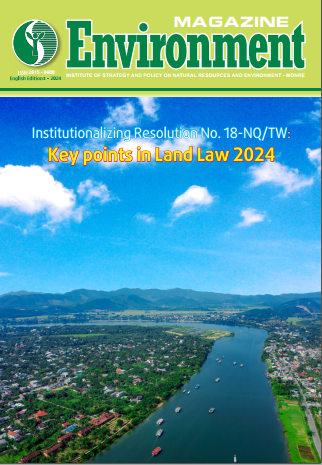South Korea's Volume-based Waste Fee system: Challenges and Solutions
Abstract
In the 1970s - 1980s, in South Korea, due to rapid economic growth, industrialization, and urbanization, the amount of waste continuously increased and became a major social challenge. In 1987, the South Korean Government proposed a plan to build garbage incineration plants, sanitary landfills and intermediate treatment plants across the country. However, this plan has encountered many difficulties due to lack of investment capital, increased land prices, and civil complaints of residents because of problems related to the living environment where waste treatment areas located nearby. In that context, in 1995, the Volume-based Waste Fee System (VBWF) was implemented, contributing to solve the challenges. Accordingly, households and small-scale commercial establishments are required to buy specified bags for trash disposal, meaning that the more you throw, the more you pay; only recyclables are collected for free. This system aims to: (1) Reduce waste at source; (2) Form the behavior of collecting garbage and recyclable materials before throwing them away; (3) Reduce dependence on waste treatment facilities such as incinerators and landfills. During the implementation process of the VBWF system, the South Korea encountered many difficulties, however, they were able to come up with appropriate solutions and became a typical example of applying environmental policy based on market. For the time when we have conducted our paper, this system has set an example of a success by making landmark changes in waste generation models, public awareness, and behavior of consumers as well as manufacturers.

